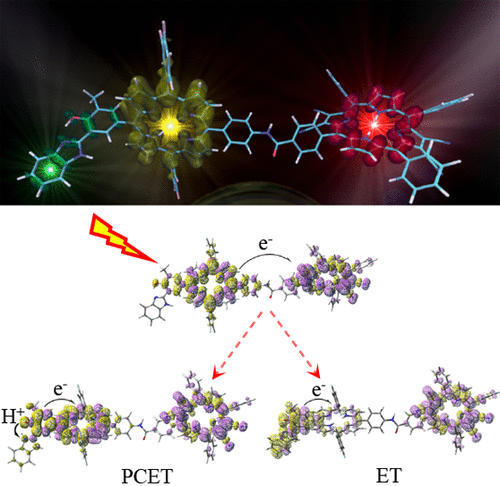A DFT Protocol for the Prediction of 31P NMR Chemical Shifts of Phosphine Ligands in First-Row Trans
Organometallics
DOI: 10.1021/acs.organomet.0c00309
While 31P NMR is a major technique to characterize phosphine-ligated transition-metal complexes—which are ubiquitous in catalysis—31P NMR chemical shifts are difficult to predict using empirical rules or tabulated data. Aiming at filling this gap, we propose here guidelines enabling their prediction at a modest computational cost. Rooted in density functional theory, our protocol features structural optimization and magnetic shielding tensor calculations performed at a global hybrid level using a tailored locally dense basis set. Validation on an experimental data series revealed that while a careful conformational analysis is required in the case of flexible phosphines, the use of the free ligand or another complex as a reference for chemical shifts often allows solving this drawback. Applicability to various diamagnetic complexes of first-row transition metals is demonstrated, including large systems relevant to contemporary catalysis.





